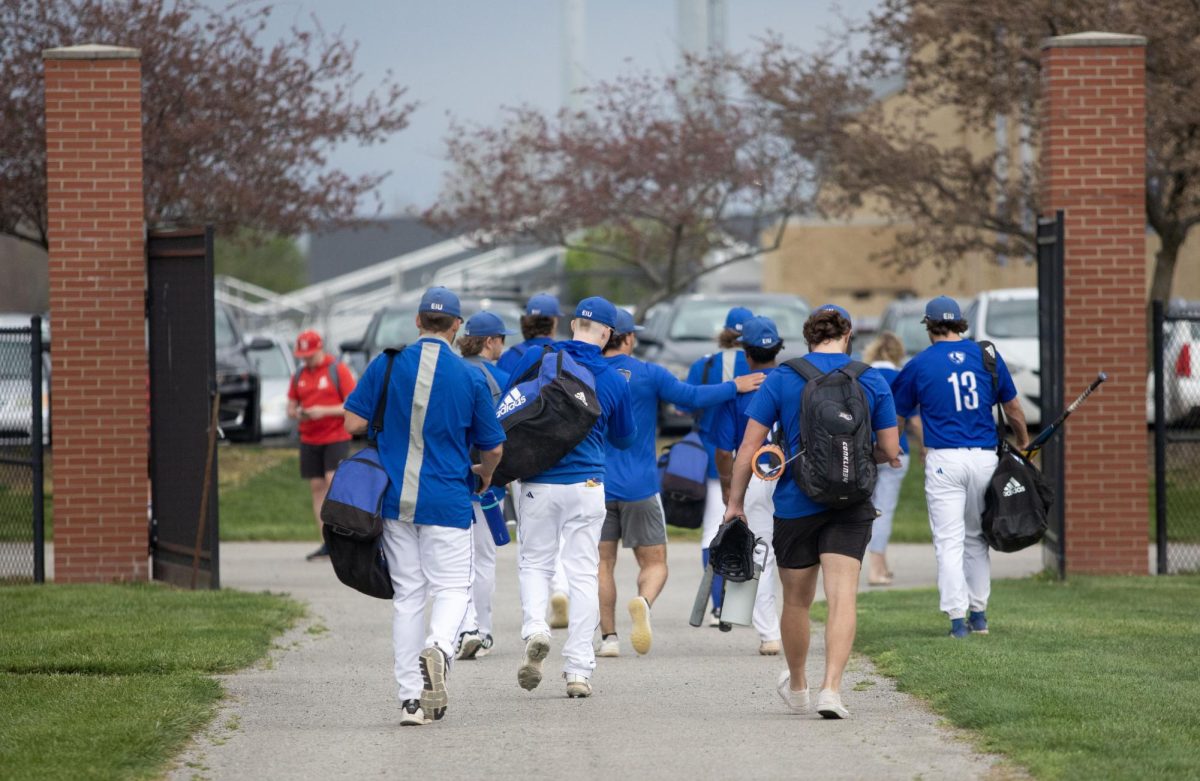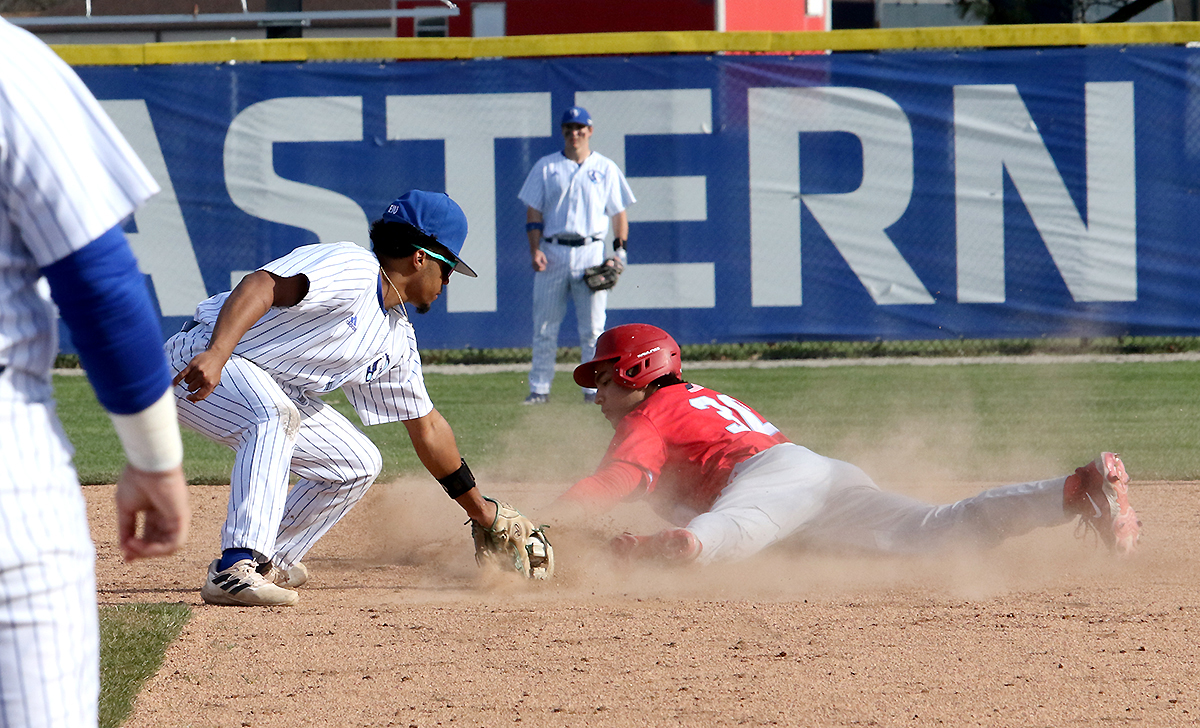Winter brings physical, mental problems
The start of winter brings both mental and physical problems such as Seasonal Affective Disorder and the high probability for a severe winter season.
Psychology professor Jeff Stowell said SAD accompanies the yuletide season because of decreased sunlight and also has biological reasons behind it.
Stowell said genetics can affect the Circadian Rhythm, and genes that regulate the body’s biological clock is regulated in the hypothalamus.
“A circuit in the brain receives circuits from the eyes and the path is important because it resets our Circadian Rhythm,” Stowell said. “Light helps you feel more awake.”
With any disease or disorder there are various accompanying symptoms and treatment options for it.
Sheila Baker, medical director for health services, said symptoms are similar to depression, but only occur in the late fall and winter-time.
“It’s not so much weather related as it is light related,” Baker said. “It’s more common in women and also depends on how far you live from the equator, as well as the amount of sunlight people receive.”
Baker said there are no tests available to determine if someone has SAD, so diagnosing it is almost impossible, except with a clinical interview, and symptoms.
“To make a diagnosis, it has to occur for at least two consecutive seasons, and goes away around spring and summer,” Baker said.
Baker said some common thread symptoms of SAD are poor motivation, social isolation, excessive sleeping and excessive eating.
She said there are various types of treatments available to people which include light therapy, medications like Prozac, Zoloft, and Effexor, and socialization and exercise.
“Socialization and exercise gets your body moving,” Baker said. “When we are sad, we want to isolate ourselves and it keeps our body and mind active.”
Baker said electroshock therapy is also available, but has never seen it in her practice.
“I don’t know that shock therapy is a common or first line treatment because I’ve never seen it,” Baker said.
Baker and Stowell both agree that SAD has something to do with the Circadian Rhythm and the balance of hormones in the body, but neither can confirm these as the main reasons.
Though SAD deals with the mental and medical effects of cold weather, there are also physical and scientific effects to consider.
Winter Weather Can Include Extreme Weather Conditions
Cameron Craig, a climatologist for the EIU Weather Center, said winter poses multiple threats.
“Winter storms can be the most dangerous weather phenomenon for the simple fact that multiple variables pose a threat to many human activities,” Craig said. “Frigid cold winds, blinding blizzards, slippery ice, and heavy snow all together can make life difficult and cause unnecessary loss of life if we fail to prepare for winter’s wrath.”
Craig said this winter has a possibility of being one of the worst because of a La Nina pattern that is expected to persist this winter.
“What this means for us is that we can see more snow than the 30-year average of 19″ and slightly colder than normal temperatures than the 30-year average,” Craig said. “This could be another good year for people who love snow and a bad year for those who hate winter.”
He has also developed a unique weather forecast to help students and others alike.
“Over the last year, I developed a flip-flop forecast that provides viewers and readers when it is good or not to wear flip-flops,” Craig said. “When the average temperature drops to below 55 degrees, people should not be wearing flip-flops. The same goes for not wearing flip-flops when there is ice or snow on the ground.”
Craig said recent winter activity indicates a jet stream over the Charleston area. He said the combination of a jet stream and near freezing temperatures have the potential to cause problems.
“If a low-pressure cell tracks just to the north of the area, we can expect ice to develop as long as the temperatures are near or slightly above freezing. More snow occurs when the track of the low-pressure cell is further to the south of us,” Craig said. “The ice storm that we experienced last year caused a major problem throughout central Illinois and was simply due to the track of the low-pressure cell moving just north of Charleston.”
Craig said frostbite becomes a high probability with severe weather.
“Long exposure to the harsh northerly winds can increase the possibility of frostbite that could result in the loss of fingers or toes,” Craig said. “The best protection is to use common sense when the temperature drops and bundle up when venturing outdoors.”
Jose Gonzalez can be reached at 581-2812 or jgonzalez@eiu.edu.
































































